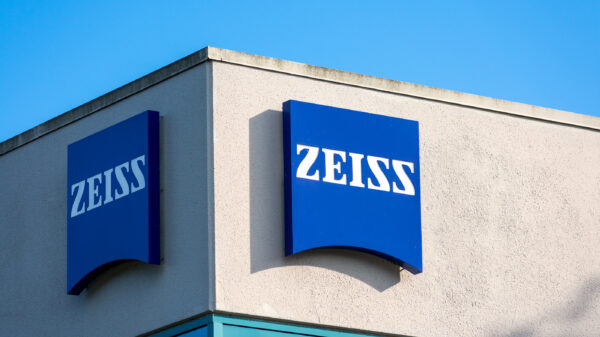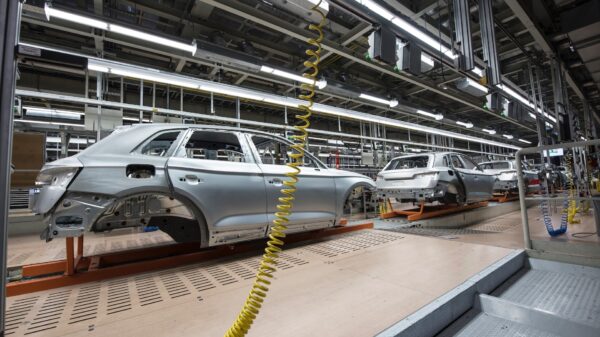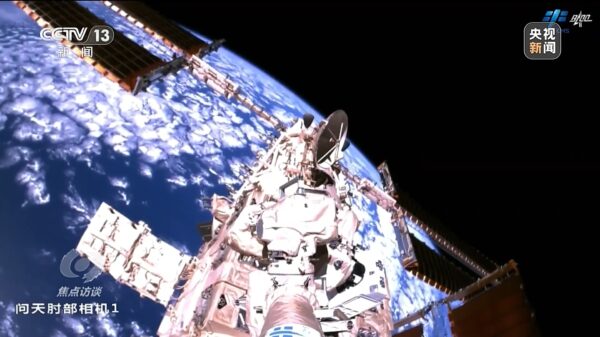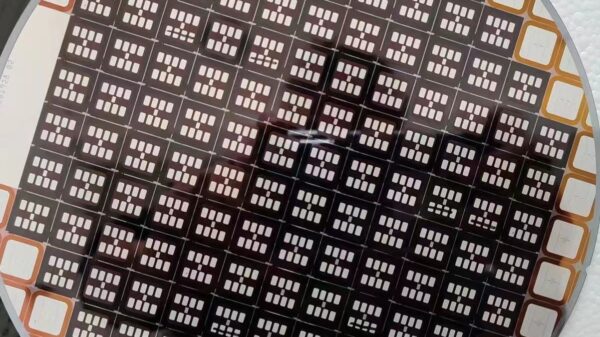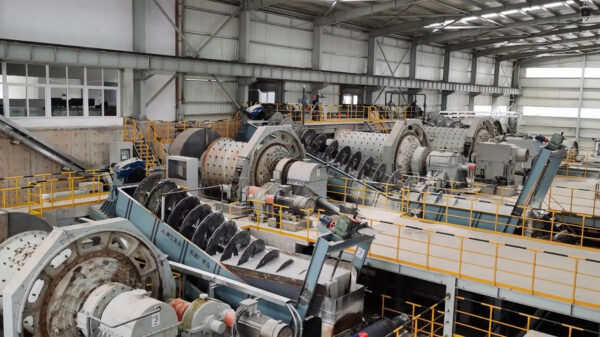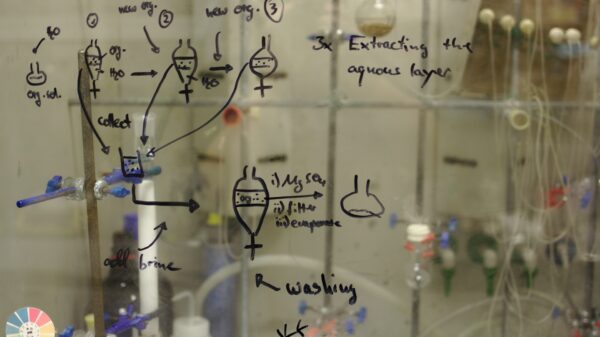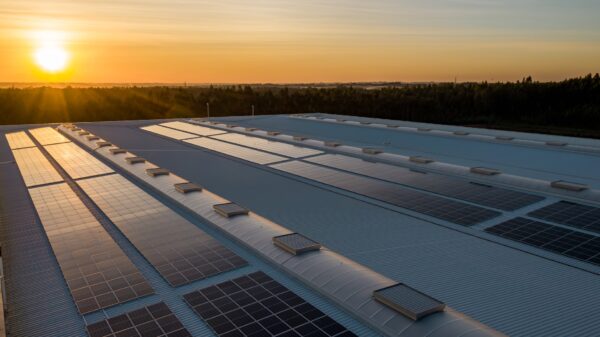After several months of diminishing value, lithium carbonate prices experienced a resurgence today. Data reveals that the average cost of battery-grade lithium carbonate has risen to $24,450 per ton, marking an increase of $525 per ton.
The prior continuous drop in lithium carbonate prices was primarily attributed to faltering sales among downstream new energy vehicle companies. This, combined with the expansion of production by midstream battery manufacturers and an excess of inventory amid stockpiling, contributed to the decline.
Industry insiders have indicated that the stabilization of lithium carbonate prices is closely tied to the rate at which midstream. . .









